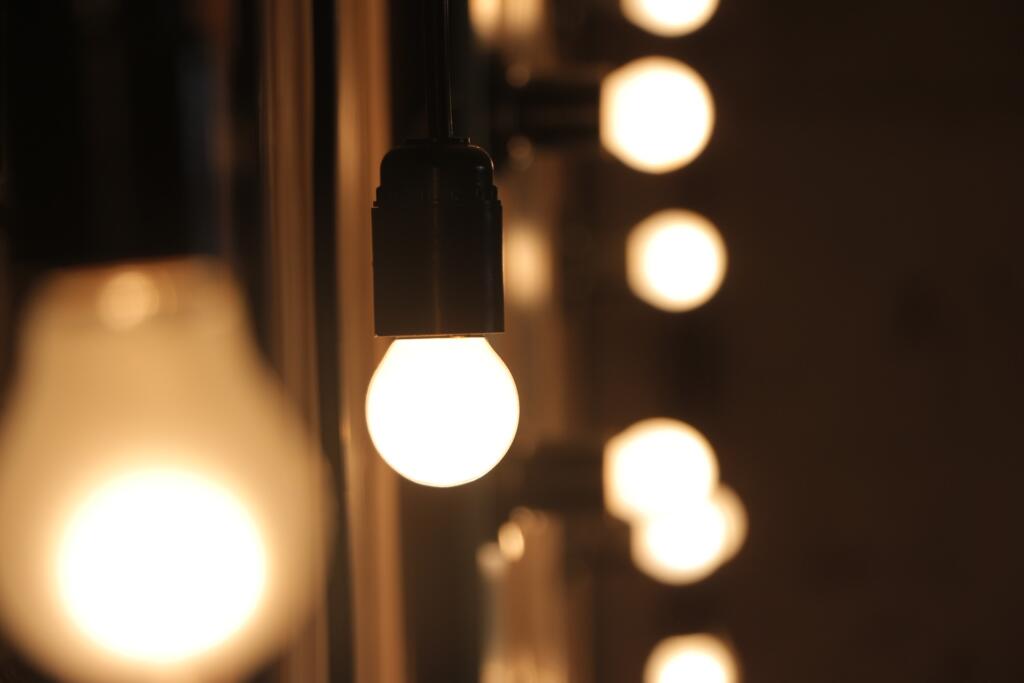According to data from the Central Statistical Office*, in 2020 total electricity consumption per capita in the Opolskie Voivodeship was 5783.32 kWh - the highest result in the country. It was followed by the Śląskie, Mazowieckie and Łódzkie provinces. How can residents reduce their electricity consumption and the impact of bills on their household budget?
Interestingly, if we compare electricity consumption per household by inhabitants of individual voivodships, the Opole region is only ranked 14th with one of the lowest values - 802 GWh. In the context of the announced electricity price increases from the new year - as a consequence of the growing costs of energy production and implementation of the EU climate policy - it is worth verifying now how the Opole region residents can individually control their electricity consumption and thus its cost.
As experts from the Polish Electricity Association point out, the obligatory purchase of carbon dioxide emission allowances by energy companies nowadays already accounts for as much as half of the cost of energy and is the main factor influencing the amount of tariffs and, consequently, bills sent to consumers. Funds from more expensive emission allowances go to the state budget and at least half of them should be allocated to investments facilitating reduction of greenhouse gas emissions and to the support system for energy consumers.
However - despite the upcoming rises - residents of the Opole Province are still able to limit their impact on household budgets. The solution lies in a few simple habits, the application of which may help to save electricity. Starting with lighting, which should be switched off in rooms that are not used. It is equally important to replace old light bulbs with energy-saving ones, especially in those parts of the house or flat where we are most often present. A traditional light bulb converts only about 5% of the energy consumed into light, while as much as 95TP1T is lost on your bill.
The household appliances that consume the most electricity in almost every home are the refrigerator with freezer, the electric boiler and the ceramic electric cooker. In the case of a refrigerator, a large amount of energy is consumed by the need to cool it down again when storing warm food, or when the door is frequently opened or not closed. For an electric boiler it is crucial to reduce the amount of energy used to heat water only for it to cool down later. The solution is to turn it on only at times when you need the hot water in large quantities, such as in the morning and evening. To reduce cooking costs, it is enough to cover pots with a lid - which will speed up cooking and thus reduce the time of using the cooker. As far as the oven is concerned - the same rule applies as in the case of the fridge - the more often we open it, the more energy the appliance will have to consume to restore the desired temperature.
Of course, we also use a lot of other appliances, such as dishwashers, washing machines and clothes dryers. If it is not a problem for you to switch these devices on at certain times or during the night, you should check out tariffs which offer lower electricity prices during certain hours. The most common oversight affecting unnecessary consumption of electricity is also the lack of habit of switching off numerous devices and leaving them in the so-called sleep mode - during which they can generate up to 15 percent of their normal electricity consumption. This is unfortunately a standard in many Polish homes.
The ongoing energy transition is not just about power generation companies or large energy-intensive enterprises such as factories, steel mills or cement plants. This change requires the involvement of all of us. So let's start with our own homes.
* Source: Central Statistical Office
Electricity data by provincial consumption for 2020

